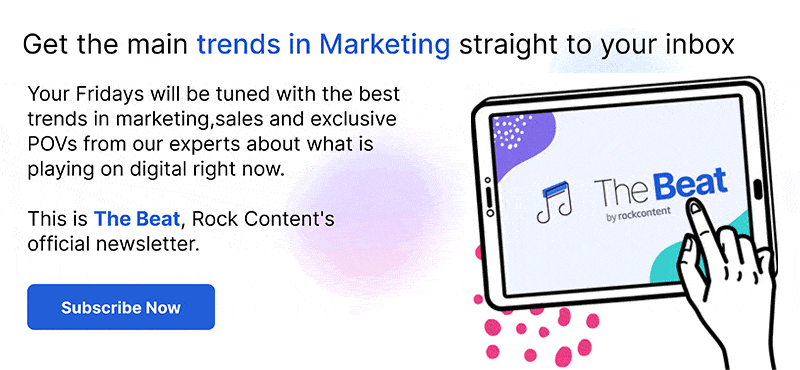Recently, advertisers on the Google Ads ad platform received a new update to their destination requirements policy.
The idea is to get advertisers to meet the so-called “better ads standards” described in the Coalition for Better Ads.
Google has given marketers a deadline of October 2022 to make changes, if necessary, and comply with these new requirements.
This was the email sent by the company at the beginning of September:
“In October 2022, the Destination requirements policy will be updated to include a new policy requiring ad experiences on destinations to conform to the Coalition for Better Ads’ Better Ads Standards. Destinations containing ad experiences that do not conform to the Better Ads Standards will be informed via the Ad Experience Report, and any ads that lead to such destinations will be disapproved.”
In this post, I will tell you a little about what has changed and my perceptions of what is to come.
Why is Google Ads changing its ad standards policies?
As Google itself has emphasized, the Coalition’s “Better Ads Standard” is the result of a survey of more than 150 consumers who identified ad experiences that were below acceptance thresholds and that could lead the user to install ad blockers.
The logic is simple.
The greater the number of dissatisfied people, the greater the number of people blocking ads or using the search engine tool less.
With fewer people seeing ads, it becomes increasingly expensive for companies to advertise on the platform, leading these businesses to invest less or even stop investing in it.
It is a two-way street.
In addition, the research carried out by them also indicates which types of ads are most “wanted” by consumers. Providing valuable information to Google about which types of ads the company should invest in more and innovate with in the coming years.
What changes in the new destinations requirements standards?
I’m sure you’ve already been angry with some of the ad examples I’ll show you below.
It is not by chance that Google is working hard to improve users’ experience and their interaction with certain types of pages and ads.
Here’s a list of the main ad patterns that will be rejected by the new destination requirements:
Destinations or content that are unnecessarily difficult or frustrating to navigate:
- Websites with pop-ups that prevent the user from seeing the page content;
- Websites that block the browser’s back button;
- Sites that don’t load quickly on the most common browsers and devices;
- Sites that require you to download an app in order to view the landing page.
Pop-up Ads:
Image source: https://www.betterads.org/standards/
Autoplaying video ads with sound
Prestitial Ads with Countdown
Ads that block visitors from seeing the main content (with or without countdown):
Large sticky ads that stay on a page as the visitor scrolls:
Ad density greater than 30%:
Flashing Animated Ads:
Interruptive ads in apps:
These are just some of the main standards set by Google. If you want to know all of them, read the full content from: Destination requirements and Better Ads Standards.
How to prepare for these changes?
In many cases, Google does not clearly exemplify its requirements and restrictions. There is always room for questioning and doubt.
Often, advertisers and partner sites are surprised to have their ads rejected or, in more extreme cases, their accounts suspended, for not complying with the rules imposed by the platform.
However, if we analyze all the changes made by Google over the last few years, the focus is, and will always be, one: the user.
In the past, the platform was infinitely less robust than it is today. Many changes could not be made due to technological limitations and the sophistication of the company and the market as a whole.
Nowadays, actions that prioritize the user are becoming more and more frequent and powerful. Totally data-driven.
User experience is so important to the company that in the main Google Philosophy document, “user focus” is the first of all the truths it claims to believe.
So, do not focus just on adapting to the new rules and being surprised on every new change in their policies.
Start thinking like Google!
If your ads and pages somehow create a bad experience for users, wait, because sooner or later, you’ll be forced to look for new ways to work. It’s a matter of time.
So, thinking like Google means putting the user above everything, because the rules change, but the focus is always the same.
To paraphrase the first of the company’s 10 truths: “User focus. Everything else is a consequence.”
And, if you want to continue to be updated with Google’s best practices, I strongly suggest that you subscribe to The Beat, Rock Content’s interactive newsletter. There, you’ll find all the trends that matter in the Digital Marketing landscape. See you there!








